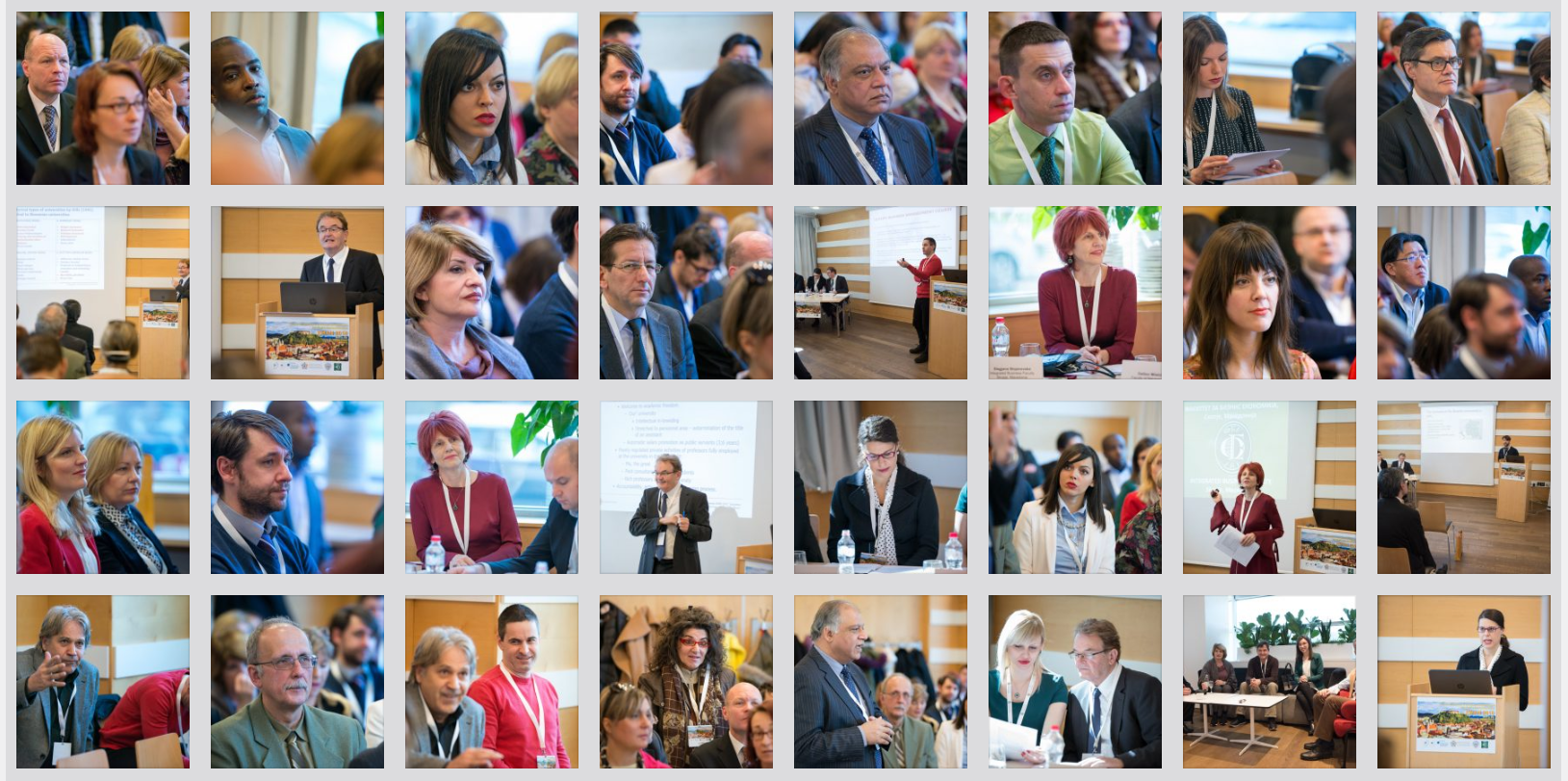Ľubica Hurbánková – University of Economics in Bratislava, Dolnozemská cesta 1, 852 35 Bratislava, Slovak Republic
Keywords:
Number of people employed;
Contribution method;
Suslov´s structural similarity
coefficient;
Countries of the European
Union
Abstract: The paper deals with the analysis of the number of people employed in research and development. The aim is to find out how R&D employment is doing in EU countries and what changes have occurred between 2011 and 2020. We will specifically analyze the number of scientific employees using the FTE (full-time equivalent) indicator.
In recent years, the number of researchers in the European Union has increased – in 2011 there were 1.38 million (full-time equivalent), in 2020 their number grew to 1.89 million, which is an increase of 36.96%.
In Greece and Hungary, the number of researchers almost doubled during the observation period. Using the contribution method, we found that the highest increase in researchers in 2020 compared to 2011 was in Poland, 94.28% and the lowest was in Finland, 4.26%. Germany had the largest share in the total number of researchers in 2011 (24.62%), which contributed with the highest share, 8.23%, to the total increase (37.59%). The value of Suslov´s structural similarity coefficient (0.0045) confirmed that the changes in the structure were minimal and the structure of the number of researchers in each EU country differed only slightly in 2011 and 2020.

Download full paper

7th International Scientific Conference – EMAN 2023 – Economics and Management: How to Cope With Disrupted Times, Ljubljana, Slovenia, March 23, 2023, CONFERENCE PROCEEDINGS, published by: Association of Economists and Managers of the Balkans, Belgrade, Serbia; ISBN 978-86-80194-69-1, ISSN 2683-4510, DOI: https://doi.org/10.31410/EMAN.2023
Creative Commons Non Commercial CC BY-NC: This article is distributed under the terms of the Creative Commons Attribution-Non-Commercial 4.0 License (https://creativecommons.org/licenses/by-nc/4.0/) which permits non-commercial use, reproduction and distribution of the work without further permission.
Eurostat. (2023). Data browser – Science and technology. Retrieved from https://ec.europa.eu/eurostat/data/database ; https://ec.europa.eu/eurostat/statistics-explained/index.php?title=R%26D_personnel#Researchers
Hindls, R., & Hronová, S. (1997). Vývoj hrubého domácího produktu z hlediska přispění jednotlivých faktorů. Politická ekonomie, 45(5), 699-707. https://doi.org/10.18267/j.polek.299
Hindls, R., Kaňoková, J., & Novák, I. (1997). Metody statistické analýzy pro ekonomy. Praha: MANAGEMENT Press.
Hurbánková, Ľ., & Sivašová, D. (2018). Hospodárska štatistika I. Bratislava: Vydavateľstvo EKONÓM.
Kahounová, J. (1994). Měření podobnosti struktur. Praha: VŠE PRAHA.
Karpov, A. (2007). Measurement of Disproportionality in PR System. Moscow: State University – Higher School of Economics.
Pozdniaková, I. (1981). Některé spůsoby vyhodnocovaní změn struktury a jejich vypovídací schopnost. Statistika, 11, pp. 490-499.

